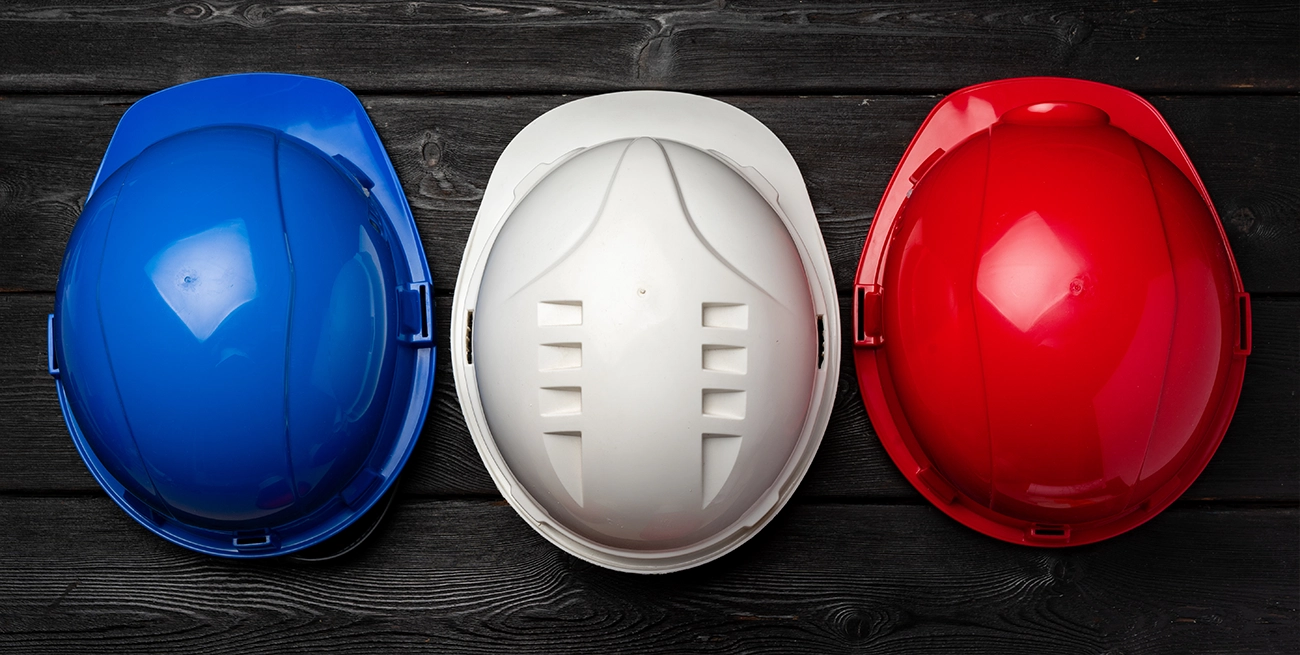How Often Should Hard Hats Be Replaced?

In the industrial world, hard hats are more than just a piece of equipment—they're a critical line of defense against head injuries. Understanding when to replace them is essential for maintaining safety standards on the job site.
Manufacturer Guidelines
Most manufacturers recommend replacing hard hat shells every five years and the suspension systems annually. These recommendations are based on typical usage and environmental exposure. It's important to note that these are general guidelines; specific conditions may necessitate more frequent replacements.
Environmental Factors Affecting Lifespan
Several environmental elements can accelerate the degradation of hard hats:
- Sunlight (UV Exposure): Prolonged exposure to ultraviolet rays can weaken the shell, making it brittle.
- Extreme Temperatures: Both high and low temperatures can affect the material integrity, leading to cracks or deformation.
- Chemical Exposure: Contact with certain chemicals can degrade the shell and suspension system.
In environments with these conditions, it's advisable to replace hard hats more frequently, potentially every two years.
Inspection Routine
Regular inspections are crucial for ensuring the effectiveness of hard hats. Before each use, check for:
- Shell Damage: Look for cracks, dents, or any signs of impact.
- Suspension Wear: Inspect for frayed straps, cracks, or loss of pliability.
- Discoloration: Fading or chalky appearance can indicate UV degradation.
If any of these signs are present, replace the hard hat immediately, regardless of its age.
Post-Impact Protocol
After any significant impact, even if no visible damage is apparent, the hard hat should be replaced. Impacts can compromise the structural integrity, reducing the level of protection.
Storage and Maintenance
Proper storage and maintenance can extend the life of a hard hat:
- Storage: Keep hard hats in a cool, dry place away from direct sunlight.
- Cleaning: Use mild soap and water; avoid harsh chemicals that can degrade the material.
- Avoid Modifications: Do not drill holes or apply stickers that can obscure damage.
Following these practices helps maintain the protective qualities of the hard hat.
Final Thoughts
Hard hats are a vital component of personal protective equipment in industrial settings. Regular inspections, awareness of environmental factors, and adherence to manufacturer guidelines are key to ensuring their effectiveness. When in doubt, it's better to replace a hard hat than to risk compromised safety.


